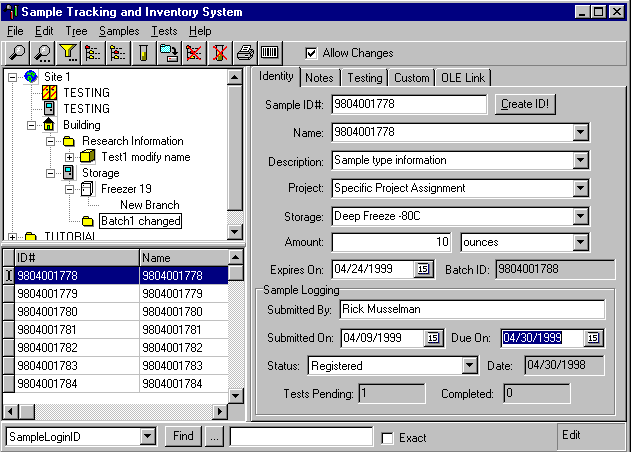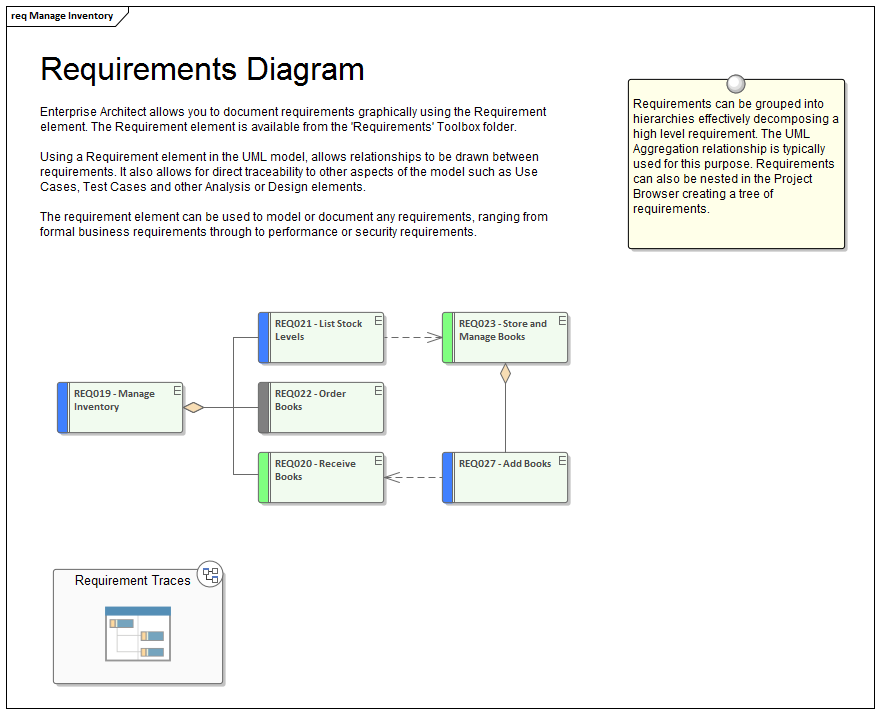An inventory is the stock of items used in an organization. An inventory system monitors the levels of inventory and determines the timeline and quantity of orders. Companies maintain inventories of raw materials, work in development or final products for various reasons, including unpredictable raw material delivery time, allowing for production scheduling flexibility or demand variations. There are many inventory-related costs including holding, ordering and shortage costs. An effective inventory management system can minimize these costs.
The Advantages of Manual Inventory Systems. Manual inventory systems are thought to be a way of the past. The normal 'bean counting' performed by small businesses to keep tabs on inventory has given way to the automated world of bar codes and scanners. Even with all this technology, manual inventory systems still hold key advantages over computer-based counterparts.
Visual Inventory Systems
Visual inventory systems are the most common systems in small businesses. In these systems, the manager periodically checks the availability of various items and determines the order quantity. It works best in companies with low variety of items that can easily be ordered and replenished. This system is the least-effective system, and oversight may result in inventory shortages.
Partial Inventory Systems
A partial inventory system might be the most practical system for a small business. It relies on the 80/20 Rule. According to this rule, about 80 percent of sales value is generated by 20 percent of the items in inventory. Focusing efforts on the 20 percent of items helps reduce the costs and complexity of inventory management.
ABC Method
The ABC method focuses efforts on the small percentage of items that generate the majority of the firm's sales. The inventory is divided into three major categories based on the value of items. The A category represents the highest-value items in the inventory. B and C items account for the moderate- and low-value items, respectively. Managers minimize total inventory costs by dividing time and effort spent on items based on their value. Some inventory items need strict control, while others do not need tight monitoring.

Multi-Period Inventory Systems
There are two types of multi-period inventory systems: fixed-order quantity models and fixed-time period models. In the fixed-order quantity model, an inventory item is ordered when the stock of the item reaches a specific reorder level. Demand for items, cost per unit, ordering costs, lead time and holding costs are considered when determining the reorder level. In the fixed-time period model, orders are placed at the end of a specific time period, such as a week or month. It works by counting inventory and placing orders periodically. It works best in situations when vendors make routine visits to customers and take orders for their complete line of products.
Just-in-Time Inventory Systems
Managers now believe that holding inventory masks other problems such as poor quality and bad supply chain management. Reducing inventory will expose these hidden problems so that they can be solved. A just-in-time inventory system tries to maintain no extra raw materials or work in progress. Supplies arrive “just in time” for production. Holding costs, employees and space needed to manage the inventory is reduced in this way.
References
About the Author
Personal User Manual Examples

Alfred Sarkissian holds a master’s degree in industrial management. With experience in business and public policy, he has covered intellectual property rights, industrial policy and technology policy for various publications.
Photo Credits
- Jupiterimages/Photos.com/Getty Images